Go through the Math in Focus Grade 8 Workbook Answer Key Chapter 3 Review Test to finish your assignments.
Math in Focus Grade 8 Course 3 A Chapter 3 Review Test Answer Key
Concepts and Skills
Solve each linear equation. Show your work.
Question 1.
2(x – 5) – 8 = 20
Answer:
Given,
2(x – 5) – 8 = 20
2x – 10 – 8 = 20
2x – 18 = 20
2x = 20 + 18
2x = 38
x = 38/2
x = 19
Question 2.
2x – (5 – x) = \(\frac{5}{2}\)
Answer:
Given,
2x – (5 – x) = \(\frac{5}{2}\)
2x – 5 + x = \(\frac{5}{2}\)
3x – 5 = \(\frac{5}{2}\)
3x = \(\frac{5}{2}\) + 5
Question 3.
\(\frac{1}{4}\)(x + 2) – 2 = 0.5
Answer:
Given,
\(\frac{1}{4}\)(x + 2) – 2 = 0.5
\(\frac{1}{4}\)x + \(\frac{1}{2}\) – 2 – \(\frac{1}{2}\) = 0
\(\frac{1}{4}\)x – 2 = 0
\(\frac{1}{4}\)x = 2
x = 2 × 4
x = 8
Question 4.
4x – \(\frac{5-2x}{5}\) = \(\frac{3}{5}\)
Answer:
4x – \(\frac{5-2x}{5}\) = \(\frac{3}{5}\)
20x – (5 – 2x) = 3
20x – 5 + 2x = 3
22x – 5 = 3
22x = 3 + 5
22x = 8
x = 8/22 or 4/11
Write each repeating decimal as a fraction. Show your work.
Question 5.
\(0 . \overline{2}\)
Answer: \(\frac{2}{9}\)
Question 6.
\(0.9 \overline{3}\)
Answer:
\(\frac{14}{15}\)
Question 7.
\(0.2 \overline{6}\)
Answer: \(\frac{4}{15}\)
Question 8.
\(0.3 \overline{16}\)
Answer: \(\frac{313}{990}\)
Tell whether each equation has one solution, no solution, or an infinite number of solutions. Show your work.
Question 9.
2x + 4 = -2(\(\frac{1}{2}\) – x)
Answer:
Given,
2x + 4 = -2(\(\frac{1}{2}\) – x)
2x + 4 = -1 + 2x
2x – 2x + 4 = -1
4 = -1
No solution
Question 10.
6y + (16 – 2y) = 4(4 + y)
Answer:
Given,
6y + (16 – 2y) = 4(4 + y)
6y + 16 – 2y = 16 + 4y
4y + 16 = 16 + 4y
It has solution or Identity
Question 11.
4x + 5 = 2x – 7
Answer:
Given,
4x + 5 = 2x – 7
4x – 2x = -7 – 5
2x = -12
x = -6
One solutions
Question 12.
2x + 5 = -4(-\(\frac{5}{4}\) – \(\frac{1}{2}\)x)
Answer:
Given,
2x + 5 = -4(-\(\frac{5}{4}\) – \(\frac{1}{2}\)x)
2x + 5 = 5 + 2x
Identity
Find the value of y when x = 4.
Question 13.
4x – 2 = y + 5
Answer:
Given,
4x – 2 = y + 5
4(4) – 2 = y + 5
16 – 2 = y + 5
14 – 5 = y
y = 9
Question 14.
x – 4y = 2
Answer:
Given,
x – 4y = 2
4 – 4y = 2
4 – 2 = 4y
2 = 4y
y = 2/4
y = 1/2 or 0.5
Question 15.
y – x = \(\frac{1}{3}\)(x + 14)
Answer:
Given,
y – x = \(\frac{1}{3}\)(x + 14)
y – 4 = \(\frac{1}{3}\)(4 + 14)
y – 4 = \(\frac{18}{3}\)
y = \(\frac{18}{3}\) + 4
y = 6 + 4
y = 10
Question 16.
\(\frac{3x-7}{y}\) = \(\frac{1}{3}\)
Answer:
Given,
\(\frac{3x-7}{y}\) = \(\frac{1}{3}\)
x = 4
\(\frac{3(4)-7}{y}\) = \(\frac{1}{3}\)
\(\frac{5}{y}\) = \(\frac{1}{3}\)
5 × 3 = 1 × y
y = 15
Question 17.
\(\frac{1}{7}\)(3x + y) = x
Answer:
Given,
\(\frac{1}{7}\)(3x + y) = x
x = 4
\(\frac{1}{7}\)(3(4) + y) = 4
12 + y = 4 – \(\frac{1}{7}\)
y = 4 – \(\frac{1}{7}\) – 12
y = -8 – \(\frac{1}{7}\)
y = -8.14
Question 18.
\(\frac{3y+1}{4}\) = 2x
Answer:
Given,
\(\frac{3y+1}{4}\) = 2x
x = 4
\(\frac{3y+1}{4}\) = 2 × 4
\(\frac{3y+1}{4}\) = 8
3y + 1 = 8 × 4
3y + 1 = 32
3y = 31
y = \(\frac{31}{3}\)
Express x in terms of y. Find the value of x when y = -2.
Question 19.
4x + y = 2(x + 3y)
Answer:
Given,
4x + y = 2(x + 3y)
4x + y = 2x + 6y
4x – 2x = 6y – y
2x = 5y
y = -2
2x = 5(-2)
2x = -10
x = -10/2
x = -5
Question 20.
3(x – 2y) = 4x + 5y
Answer:
Given,
3(x – 2y) = 4x + 5y
3x – 6y = 4x + 5y
3x – 4x = 5y + 6y
-x = 11y
y = -2
x = -11(-2)
x = 22
Question 21.
\(\frac{1}{3}\)x + \(\frac{5}{6}\)y = 2
Answer:
Given,
\(\frac{1}{3}\)x + \(\frac{5}{6}\)y = 2
y = -2
\(\frac{1}{3}\)x + \(\frac{5}{6}\)(-2) = 2
\(\frac{1}{3}\)x – \(\frac{10}{6}\) = 2
2x – 10 = 12
2x = 12 + 10
2x = 22
x = 11
Question 22.
\(\frac{0.5(x-3)}{y}\) = 10
Answer:
Given,
\(\frac{0.5(x-3)}{y}\) = 10
y = -2
\(\frac{0.5(x-3)}{-2}\) = 10
0.5(x – 3) = 10 × -2
0.5x – 1.5 = -20
0.5x = -20 + 1.5
0.5x = -18.5
x = -12.33
Question 23.
0.25(x + y) = 15 – x
Answer:
Given,
0.25(x + y) = 15 – x
0.25x + 0.25y = 15 – x
0.25x + 0.25(-2) = 15 – x
0.25x + x = 15 – 0.25(-2)
1.25x = 15 + 0.50
1.25x = 15.50
x = 15.50/1.25
x = 12.4
Question 24.
\(\frac{y}{2}\) – \(\frac{2 x+y}{5}\) = 7
Answer:
Given,
\(\frac{y}{2}\) – \(\frac{2 x+y}{5}\) = 7
y = -2
\(\frac{-2}{2}\) – \(\frac{2 x – 2}{5}\) = 7
-1 – \(\frac{2 x – 2}{5}\) = 7
– \(\frac{2 x – 2}{5}\) = 7 + 1
– \(\frac{2 x – 2}{5}\) = 8
-(2x – 2) = 8 × 5
-2x + 2 = 40
-2x = 40 – 2
-2x = 38
x = -19
Problem Solving
Solve. Show your work.
Question 25.
A circular pizza with a radius of 7 inches is cut into four quadrants. The perimeter Q of each quadrant can be found using the formula Q = d(1 + \(\frac{\pi}{4}\)), where d is the diameter of the pizza. Find the perimeter of each quadrant of the pizza. Use \(\frac{22}{7}\) as an approximation for π.
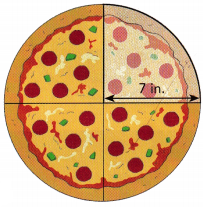
Answer:
Given,
A circular pizza with a radius of 7 inches is cut into four quadrants.
The perimeter Q of each quadrant can be found using the formula Q = d(1 + \(\frac{\pi}{4}\)), where d is the diameter of the pizza.
pi = \(\frac{22}{7}\)
Q = d(1 + \(\frac{\pi}{4}\))
Q = d(1 + \(\frac{\pi}{4}\))
Q = d(1 + 0.785)
Q = 2(7)(1.785)
Q = 24.99 or 25 approx
Thus the perimeter of each quadrant of the pizza is 25 inches.
Question 26.
Some students painted a design on the wall of the cafeteria using the school colors. The middle section of the design is 4.2 feet tall and is painted white. The top section is red, and the bottom section is blue. The ratio of the height of the blue section to the height of the red section is 1: 2. The total height of the design is 10.5 feet. Find the height of the red section of the design.
Answer:
Given,
The middle section of the design is 4.2 feet tall and is painted white.
The top section is red, and the bottom section is blue.
The ratio of the height of the blue section to the height of the red section is 1: 2.
The total height of the design is 10.5 feet.
x + 4.2 + 2x = 10.5
3x + 4.2 = 10.5
3x = 10.5 – 4.2
3x = 6.3
x = 2.1
2x = 4.2
Question 27.
In a grocery store, each pound of green beans costs one and a quarter times the price of each pound of potatoes. Mrs. Gomez bought 4 pounds of green beans and 5 pounds of potatoes. Miss Jacobs bought 10 pounds of potatoes. They paid the same amount.
a) Write a linear equation to find the cost of each pound of potatoes, p dollars.
Answer: 4 . \(\frac{5}{4}\)p + 5p = 10p
b) Tell whether the equation has one solution, is inconsistent, or is an identity. Explain your reasoning.
Answer:
Since 0 = 0 is always true, the linear equation is true for any value of p.
So, this equation has infinitely many solutions and it is an identity.
Question 28.
A department store is offering a percent discount on the original price of a watch. The original price of the watch is $80.
a) Let r represent the percent discount, written as a decimal. Write an equation to find the discounted price, y dollars, of the watch.
Answer: y = 80 – 80r
b) The store gave discounts of 5%, 10%, and 15% during this sale in the three previous years. Create a table of r- and y-values for the equation.
Answer:
| R | 0.05 | 0.10 | 0.15 |
| Y | 76 | 72 | 68 |
Question 29.
The company Jake uses for Internet service charges $25 each month plus $0.04 for each minute of usage time.
a) Write a linear equation for the monthly charge, M dollars, in terms of usage time, t minutes.
Answer: M = 25 + 0.04t
b) Express t in terms of M.
Answer: t = 25(M – 25)
c) Calculate his usage time in hours if he paid $49 for his Internet bill in November.
Answer: 10h
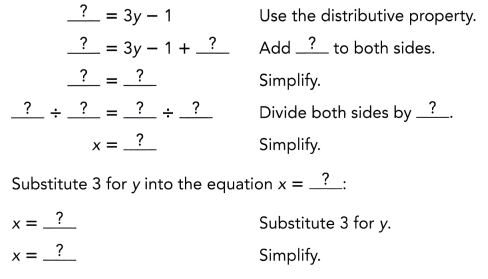
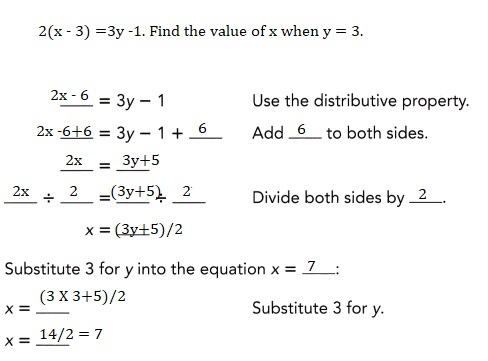
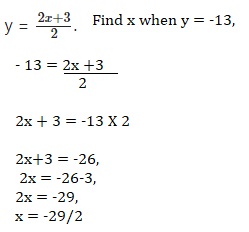
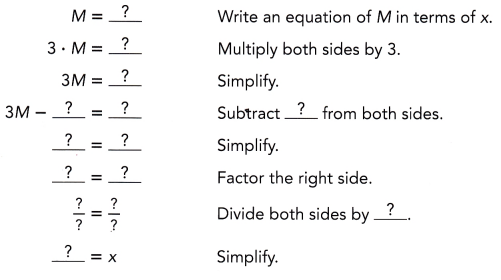
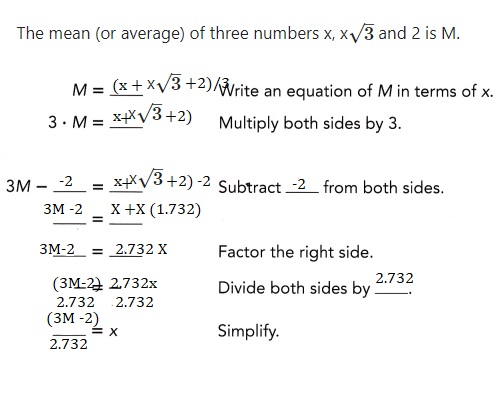

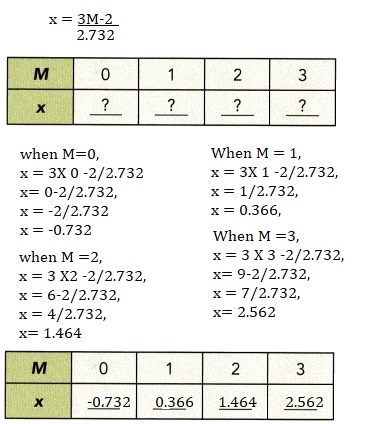
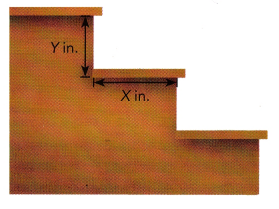


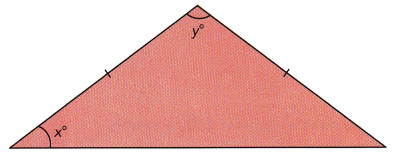
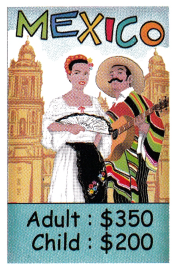
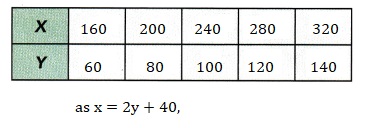
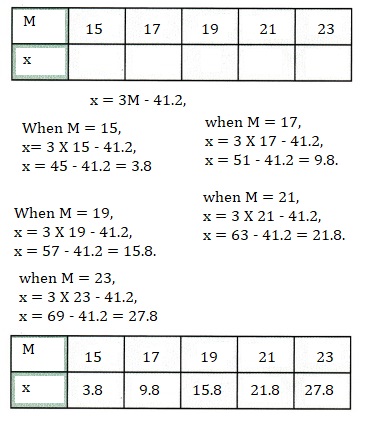
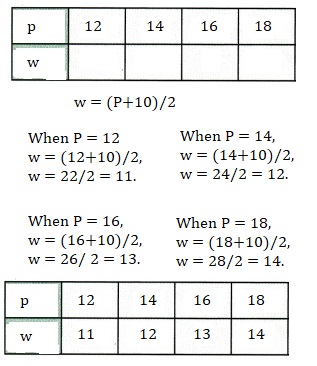
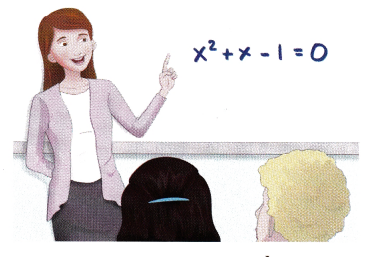

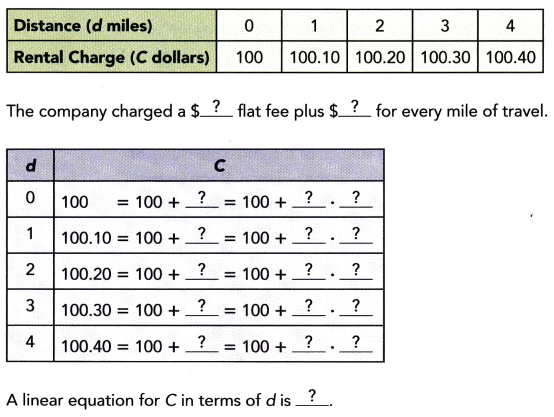
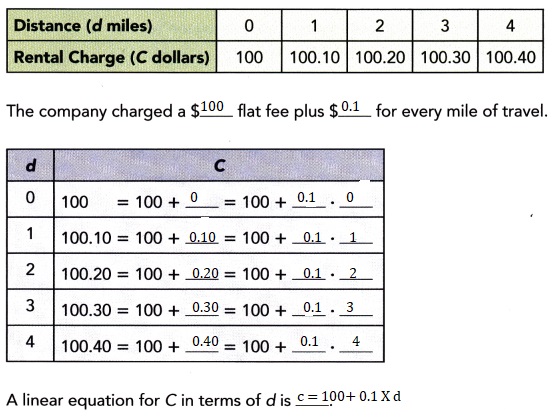

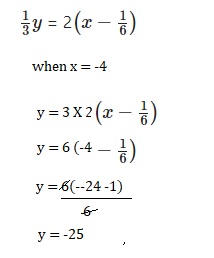
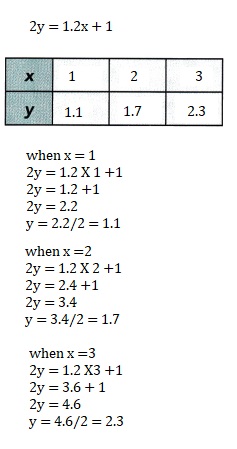
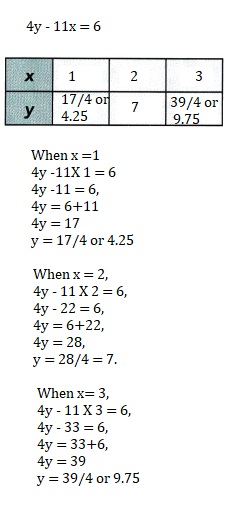
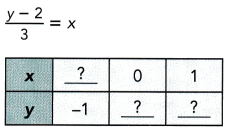
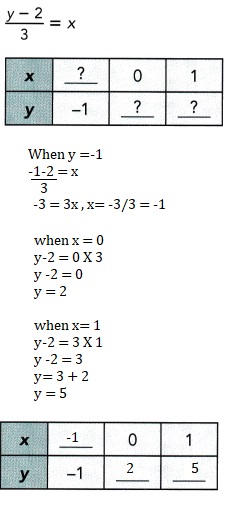
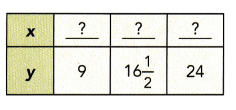
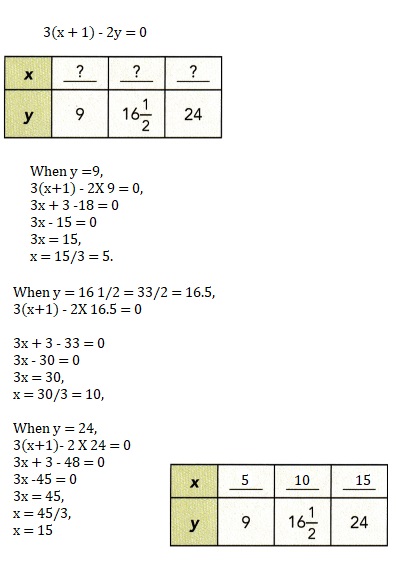
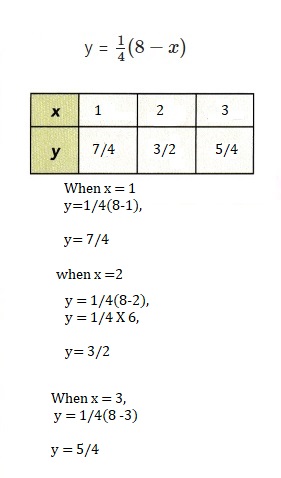
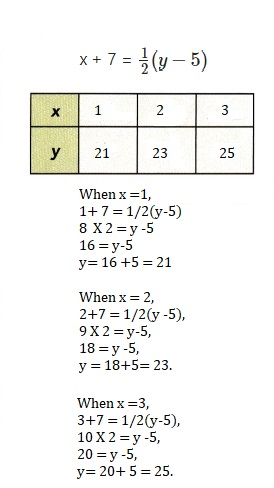
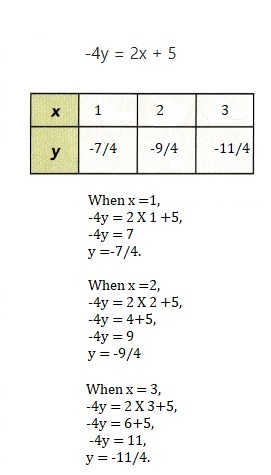
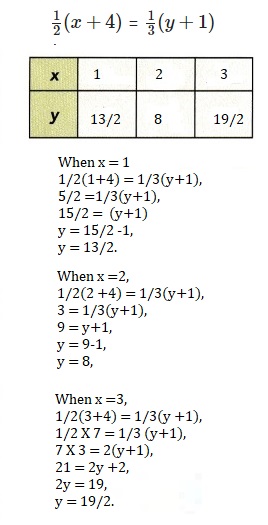

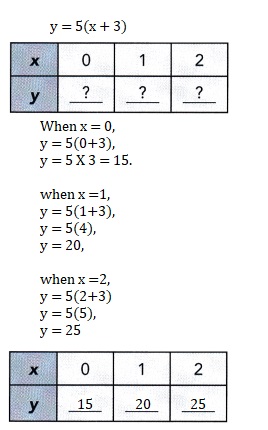

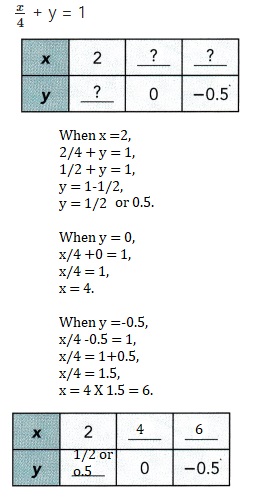

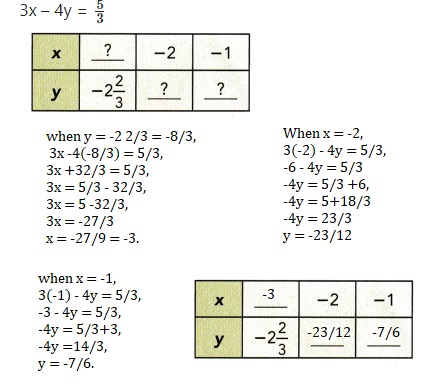

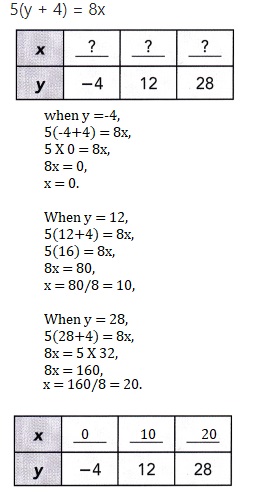


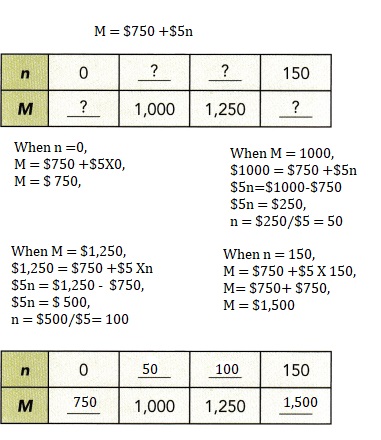
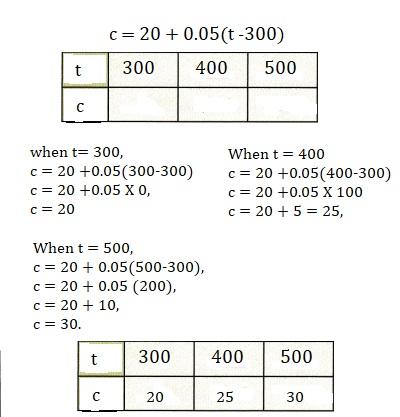
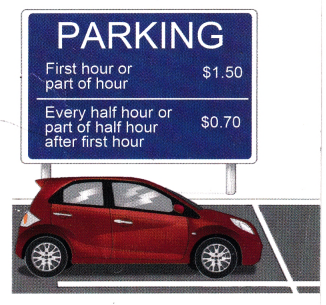

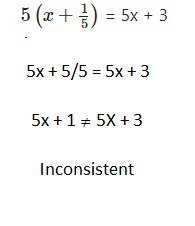
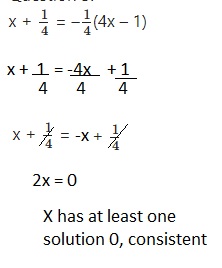
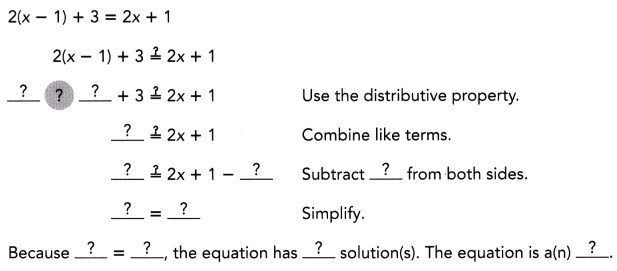
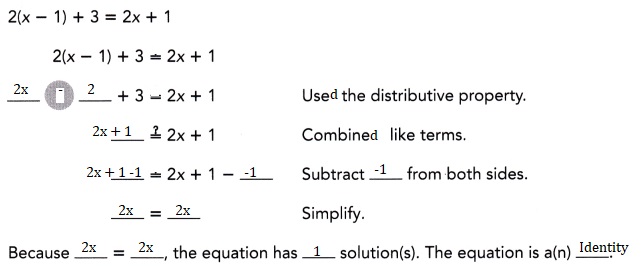
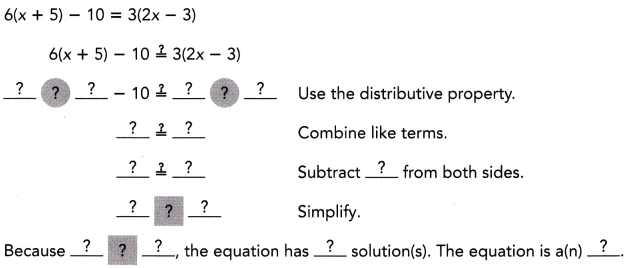
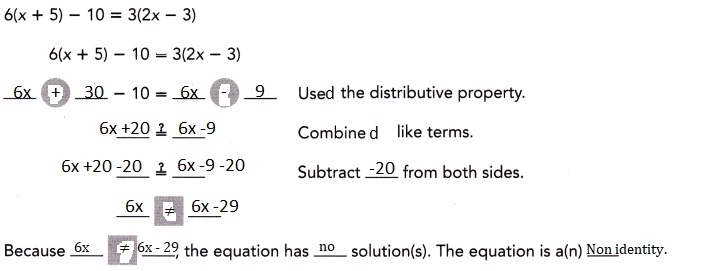
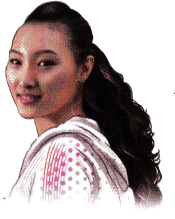
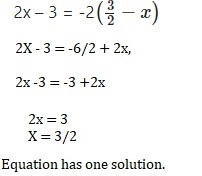
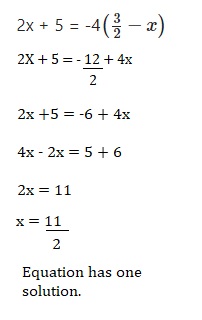
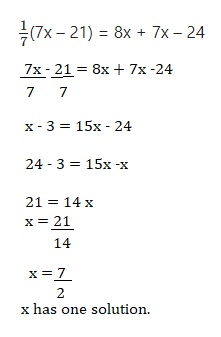
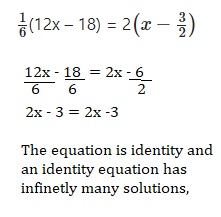
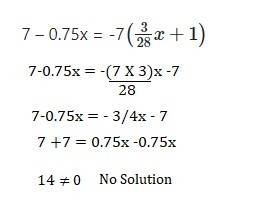
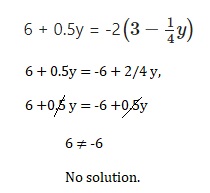
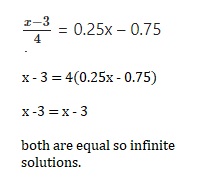
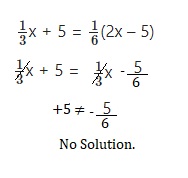
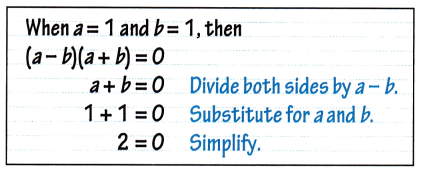
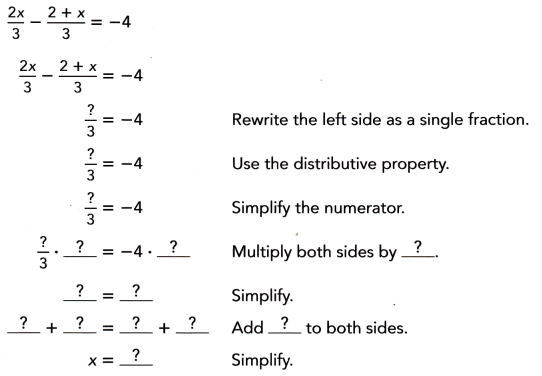
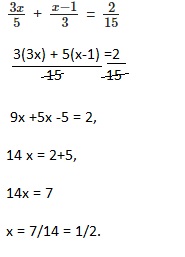
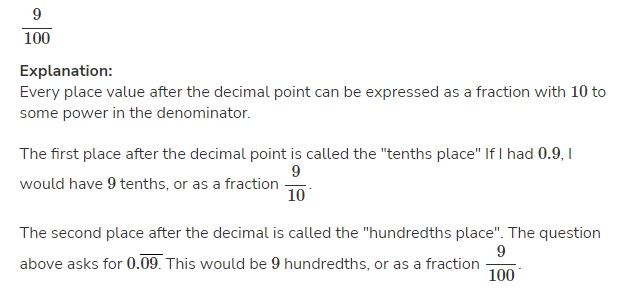

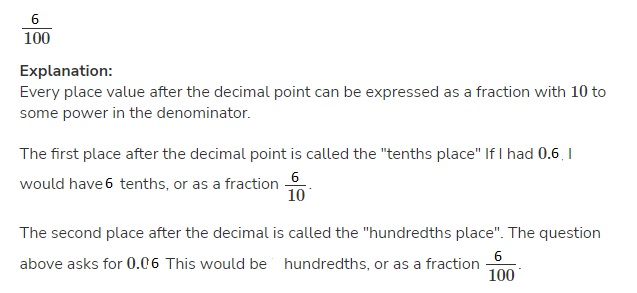
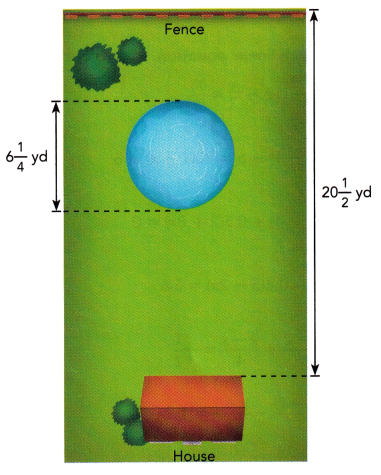
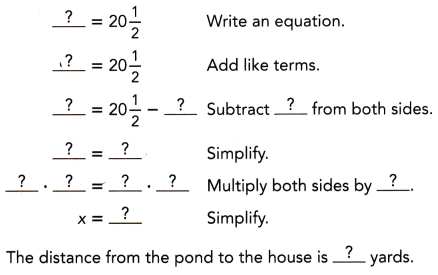
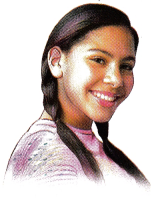
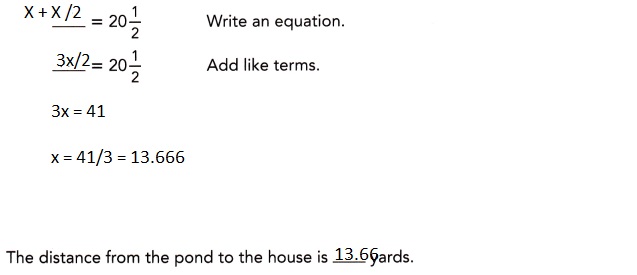
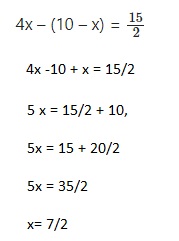
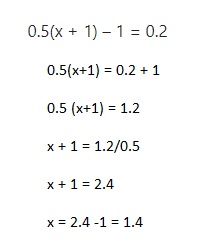
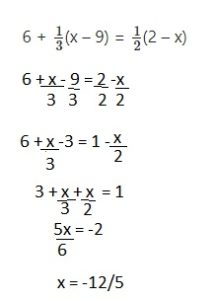
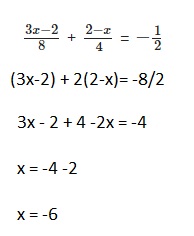
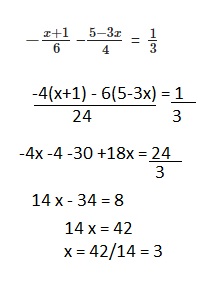
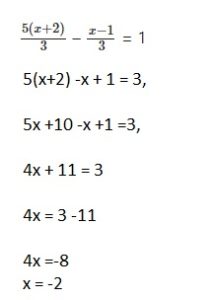
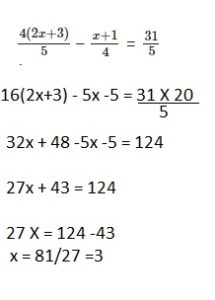
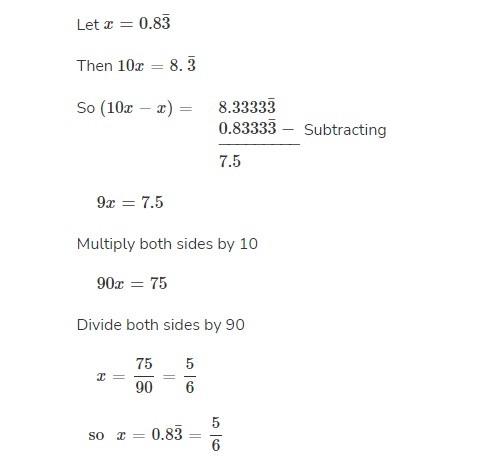
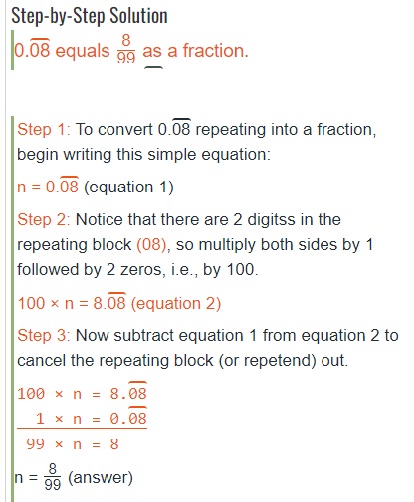
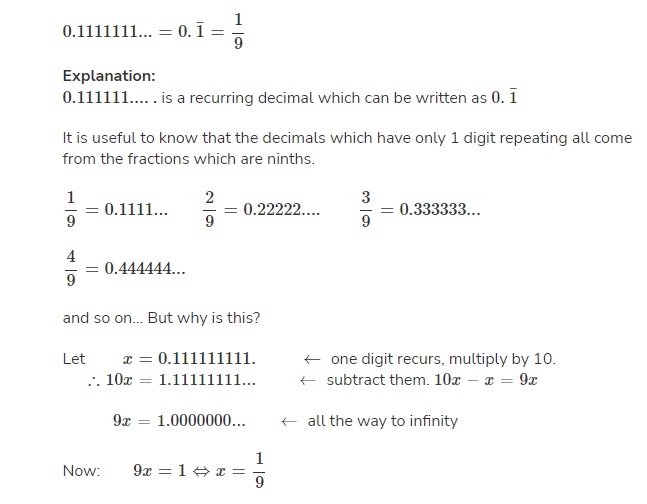
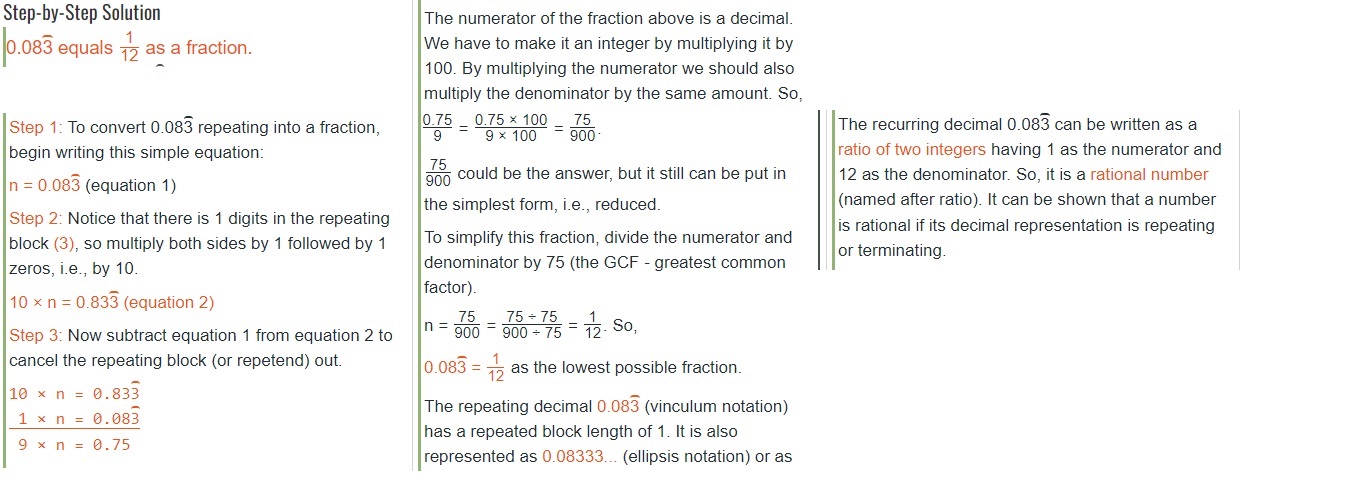
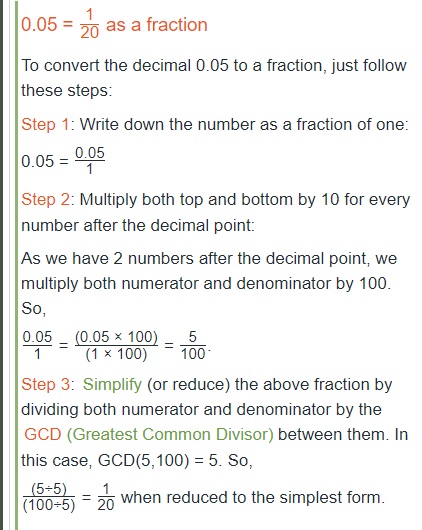
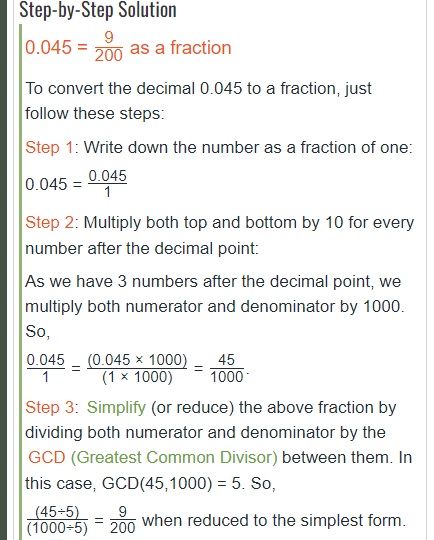
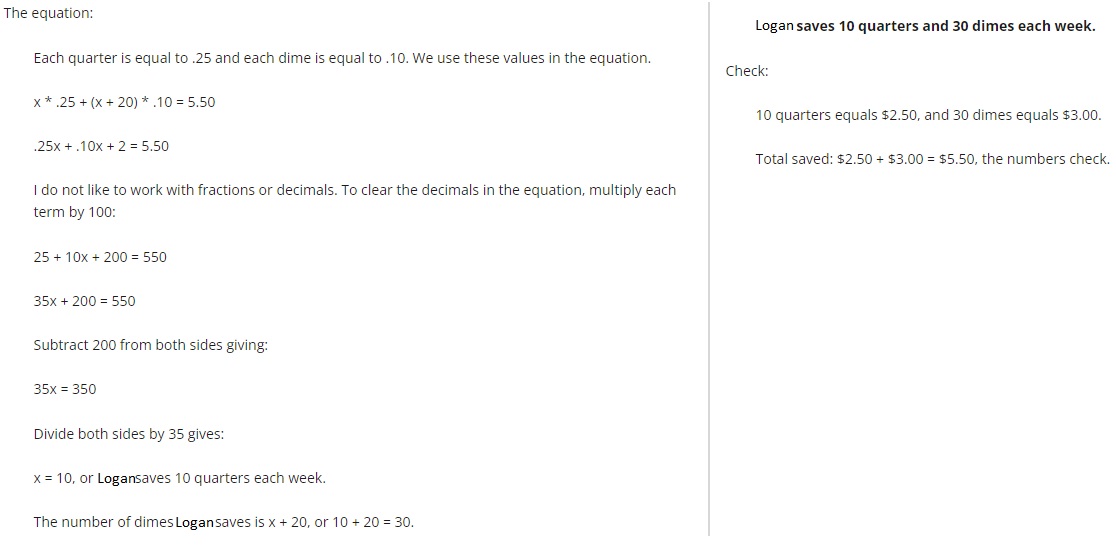


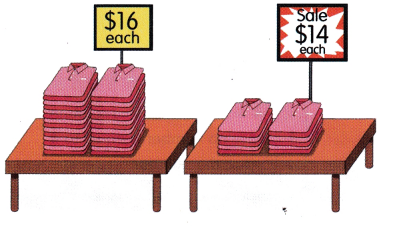
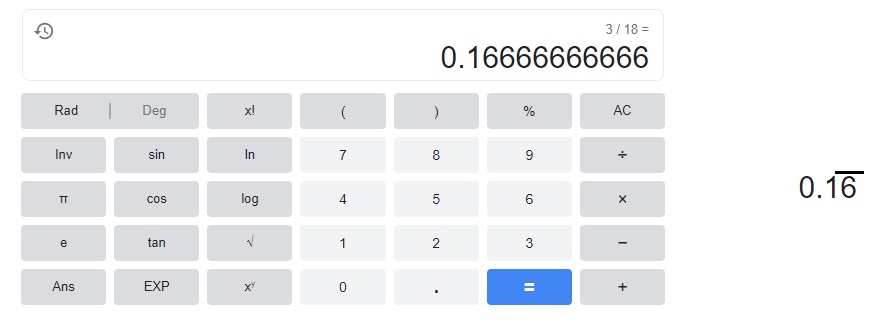
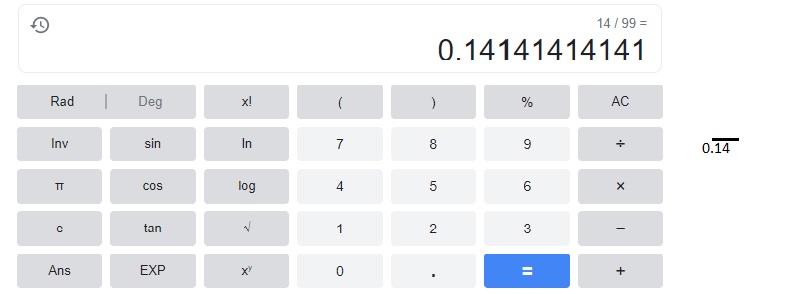
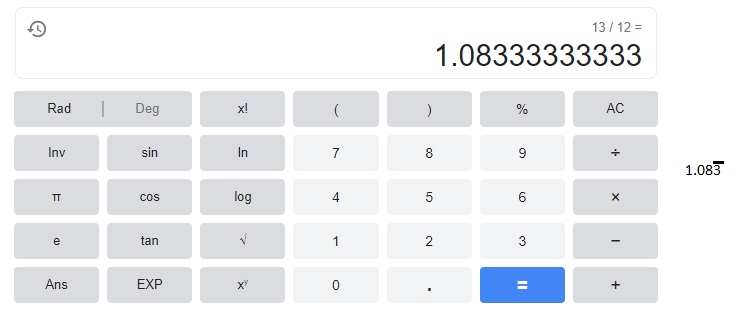
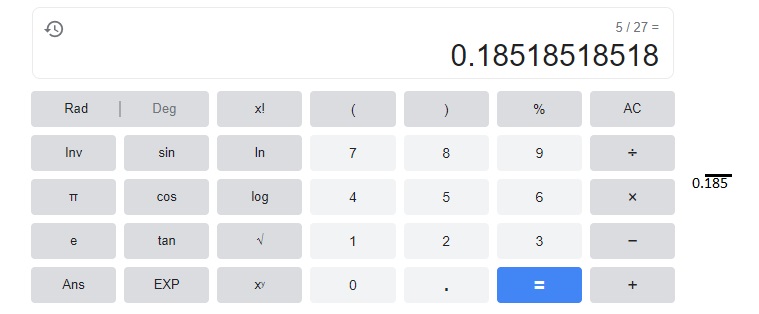
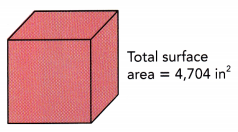
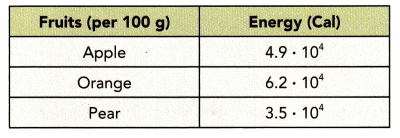

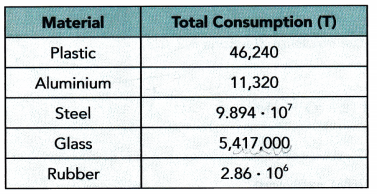
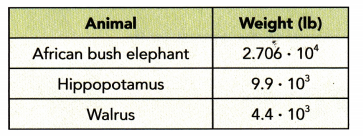
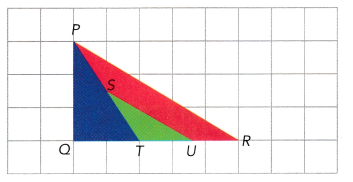
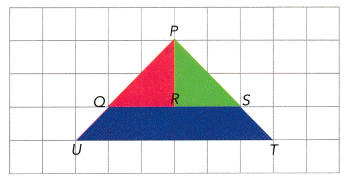
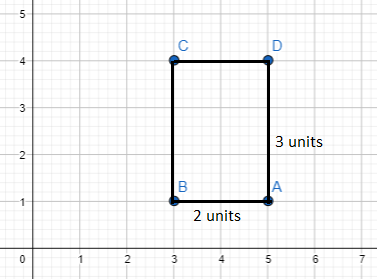
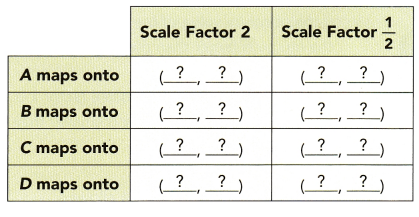


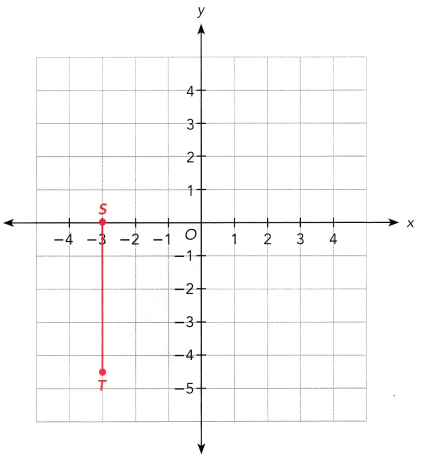
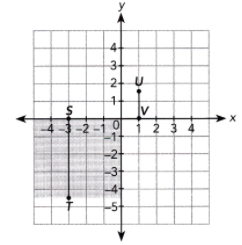

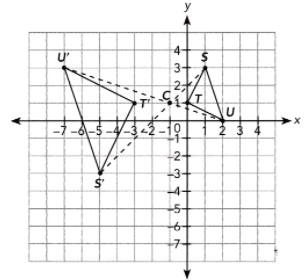

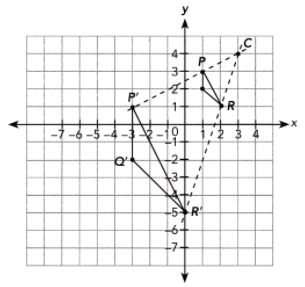
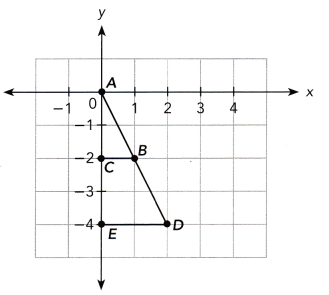
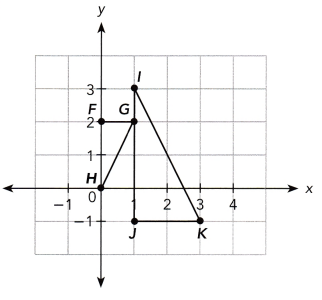
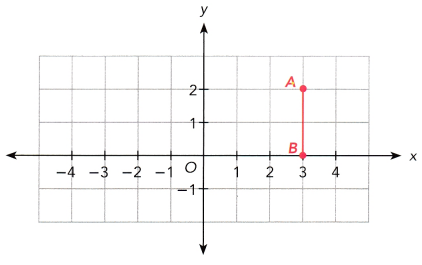
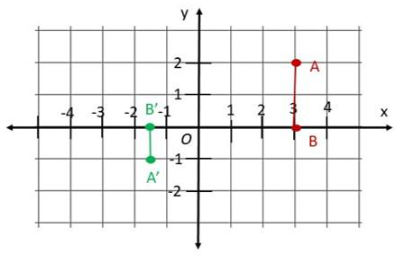
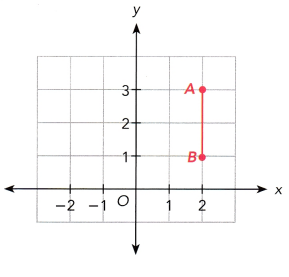
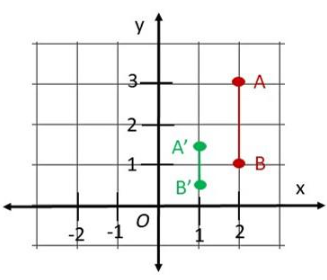
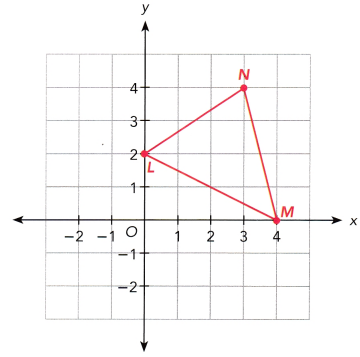
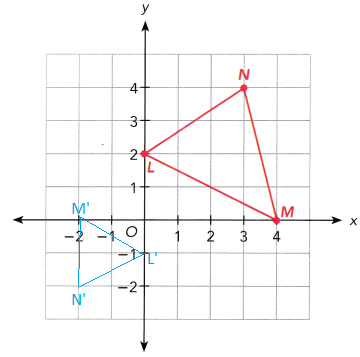
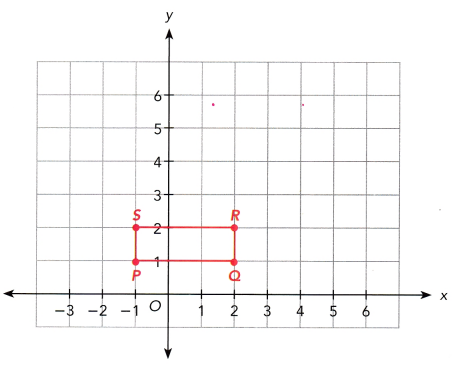
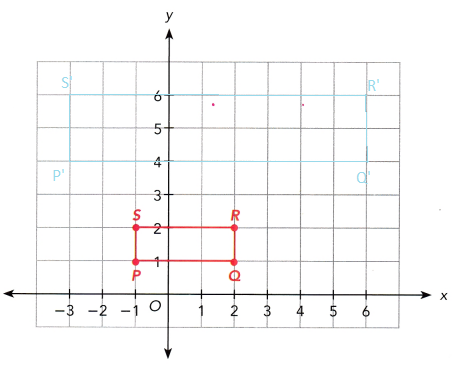

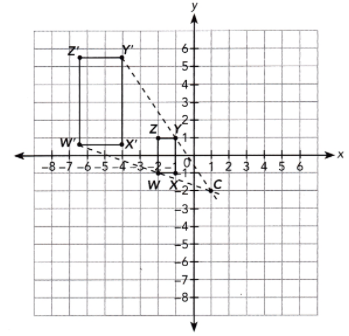

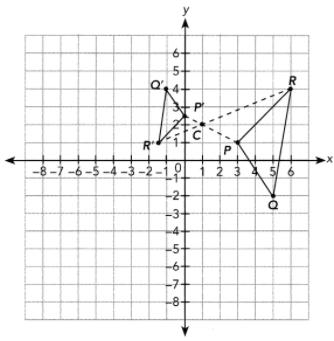
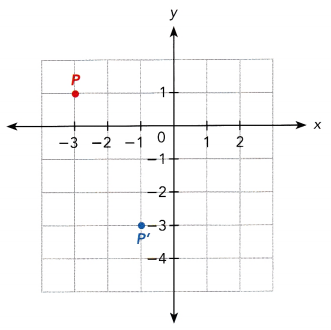
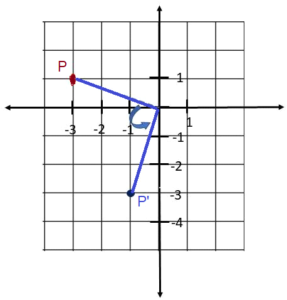
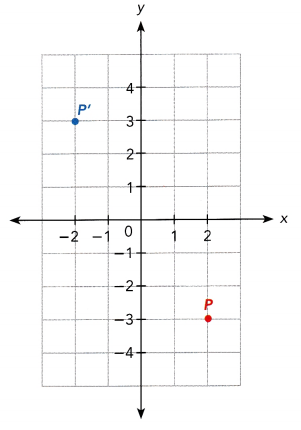
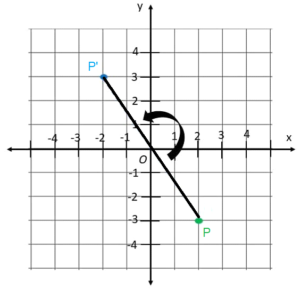
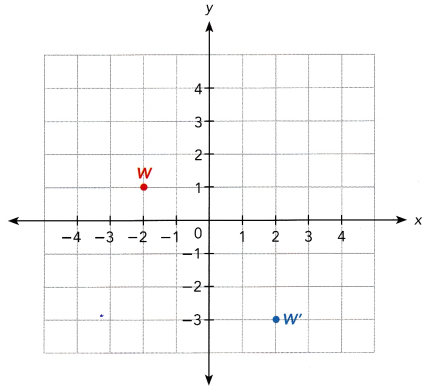

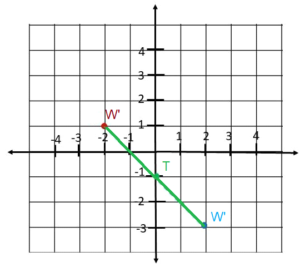
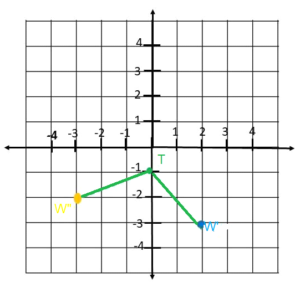

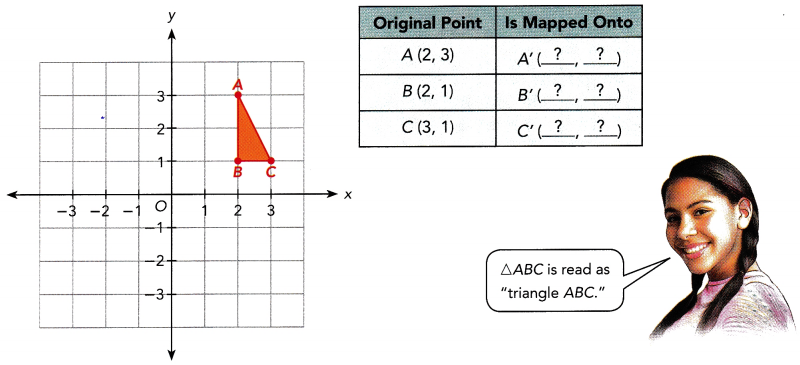
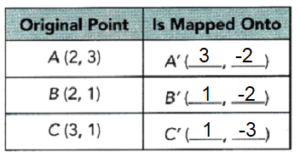
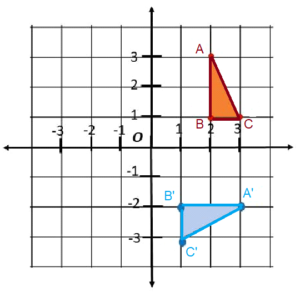
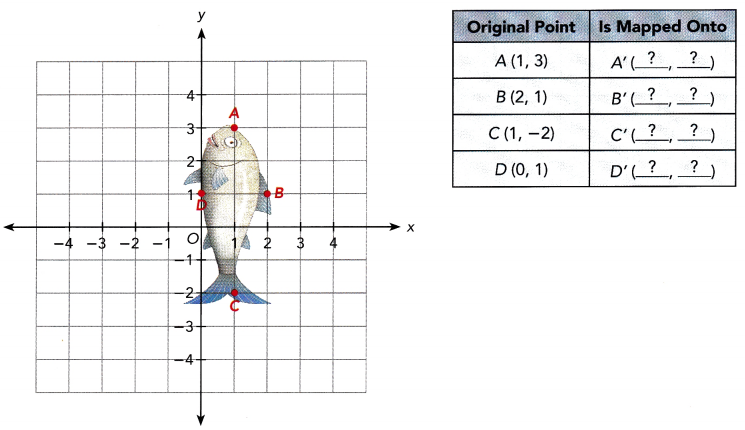
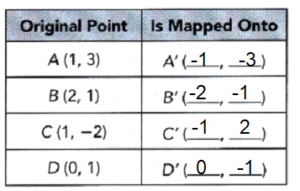
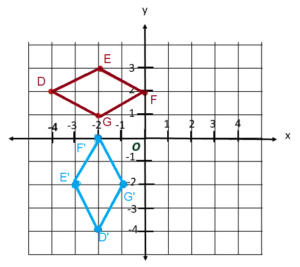
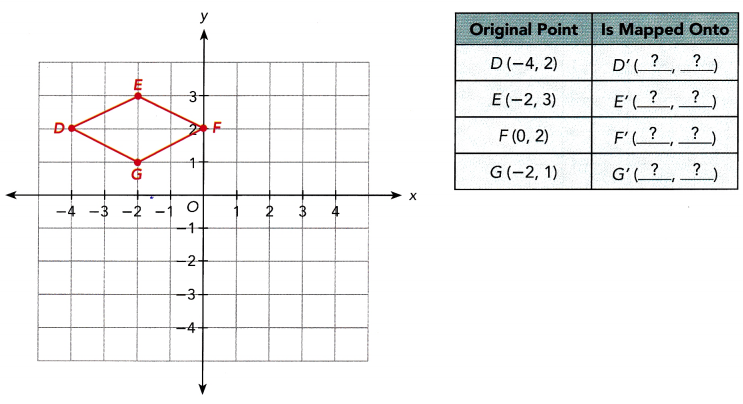
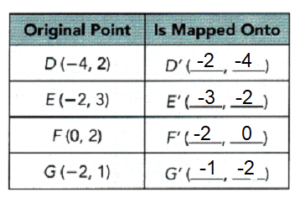
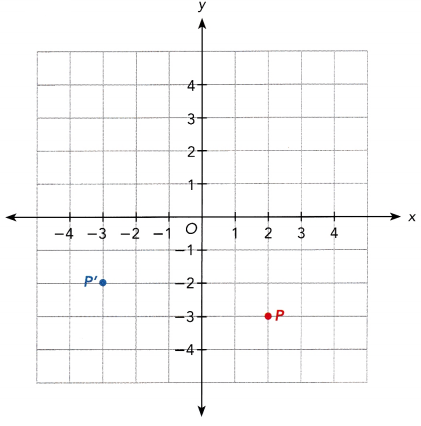
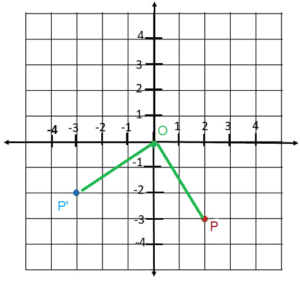
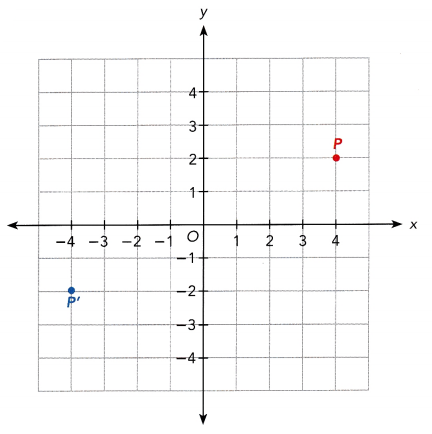
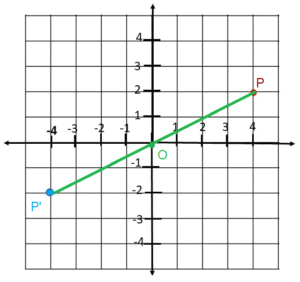
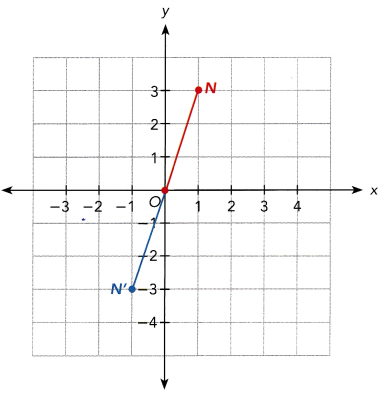
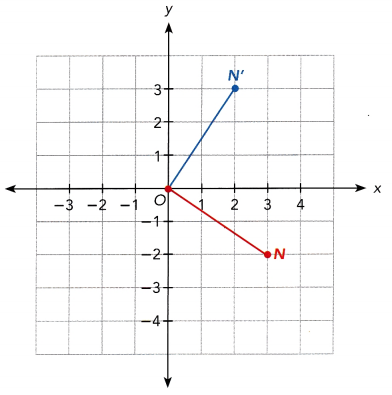
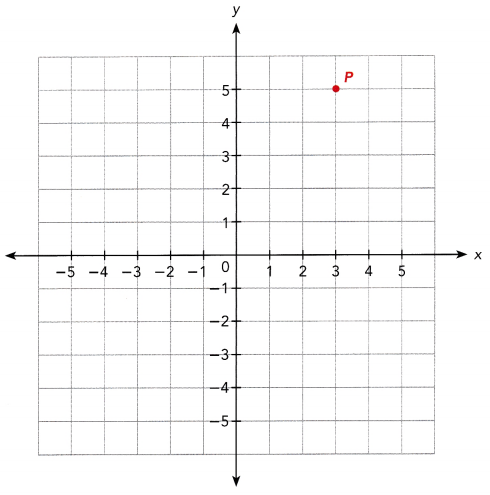
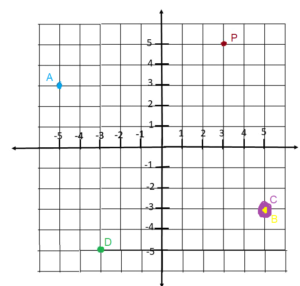
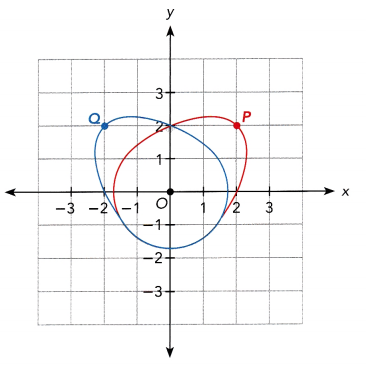
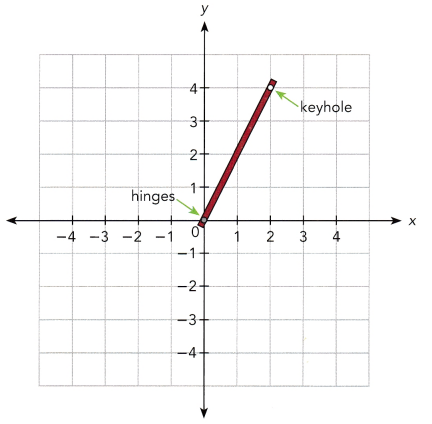
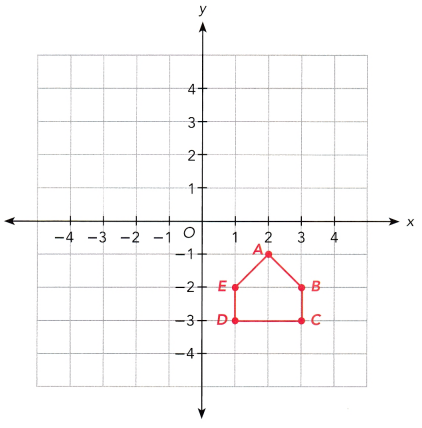
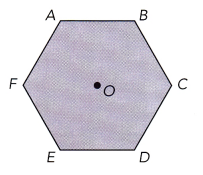
Question 25.
A store has y shirts. It sold most of them for $16 each, and the last dozen
were sold on sale for $14 each. If it sold all the shirts for $616, find the number of shirts sold.